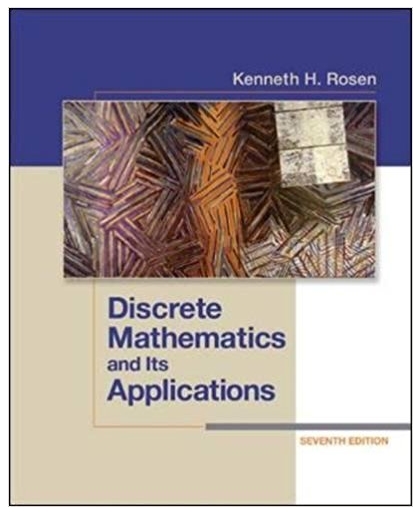Question
Question 1 A Pearson's correlation coefficient of -.5 would be represented by a scatterplot in which: a. The regression line slopes upwards. b. Half of
Question 1
A Pearson's correlation coefficient of -.5 would be represented by a scatterplot in which:
| a. | The regression line slopes upwards. | |
| b. | Half of the data points sit perfectly on the line. | |
| c. | There is a moderately good fit between the regression line and the individual data points on the scatterplot. | |
| d. | The data cloud looks like a circle and the regression line is flat. |
Question 2
If you have a curvilinear relationship, then:
| a. | It is not appropriate to use Pearson's correlation because it assumes a linear relationship between variables. | |
| b. | You can use Pearson's correlation; you just need to remember that a curve indicates that the variables are not linearly related. | |
| c. | Pearson's correlation can be used in the same way as it is for linear relationships. | |
| d. | Transforming the data will not help. |
Question 3
If two variables are significantly correlated, r = .67, then:
| a. | They share variance. | |
| b. | The variables are independent. | |
| c. | There is no unique variance. | |
| d. | The relationship is weak. |
Question 4
Looking at the table below, which variables were the most strongly correlated?
| u05q1 Question 16 table | ||||
|
|
| Work ethic | Annual income | IQ |
| Work ethic | Pearson's correlation | 1.000 | .72 | .66 |
|
| Sig. (2-tail) | . | .001 | .000 |
|
| N | 550 | 550 | 550 |
| Annual income | Pearson's correlation | .72 | 1.000 | .47 |
|
| Sig. (2-tail) | .000 | . | .03 |
|
| N | 550 | 550 | 550 |
| IQ | Pearson's correlation | .66 | .47 | 1.000 |
|
| Sig. (2-tail) | .000 | .03 | . |
|
| N | 550 | 550 | 550 |
| a. | Work ethic and IQ. | |
| b. | None of the correlations are significant. | |
| c. | Annual income and IQ. | |
| d. | Work ethic and annual income. |
Question 5
The relationship between two variables partialling out the effect that a third variable has on one of those variables can be expressed using a:
| a. | Point-biserial correlation. | |
| b. | Bivariate correlation. | |
| c. | Semi-partial correlation. | |
| d. | Partial correlation. |
Question 6
A Pearson's correlation of -.71 was found between number of hours spent at work and energy levels in a sample of 300 participants. Which of the following conclusions can be drawn from this finding?
| a. | Amount of time spent at work accounted for 71% of the variance in energy levels. | |
| b. | There was a strong negative relationship between the number of hours spent at work and energy levels. | |
| c. | The estimate of the correlation will be imprecise. | |
| d. | Spending more time at work caused participants to have less energy. |
Question 7
The coefficient of determination:
| a. | Is a measure of the amount of variability in one variable that is shared by the other. | |
| b. | Is the square root of the correlation coefficient. | |
| c. | Is the square root of the variance. | |
| d. | Indicates whether the correlation coefficient is significant. |
Question 8
The correlation between two variables A and B is .12 with a significance of p < .01. What can we conclude?
| a. | That variable A causes variable B. | |
| b. | That there is a substantial relationship between A and B. | |
| c. | All of these. | |
| d. | That there is a small relationship between A and B. |
Question 9
Which of the following statements about Pearson's correlation coefficient is not true?
| a. | It can be used on ranked data. | |
| b. | It cannot be used with binary variables (those taking on a value of 0 or 1). | |
| c. | It can be used as an effect size measure. | |
| d. | It varies between -1 and +1. |
Question 10
If a correlation coefficient has an associated probability value of .02 then:
| a. | The hypothesis has been proven. | |
| b. | There is only a 2% chance that we would get a correlation coefficient this big (or bigger) if the null hypothesis were true. | |
| c. | We should accept the null hypothesis. | |
| d. | The results are important. |
Step by Step Solution
There are 3 Steps involved in it
Step: 1

Get Instant Access to Expert-Tailored Solutions
See step-by-step solutions with expert insights and AI powered tools for academic success
Step: 2

Step: 3

Ace Your Homework with AI
Get the answers you need in no time with our AI-driven, step-by-step assistance
Get Started


